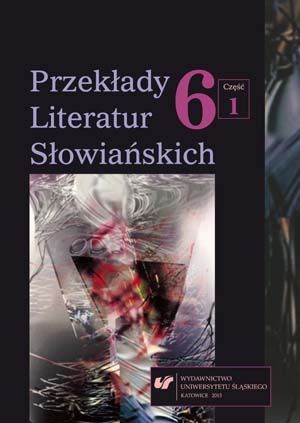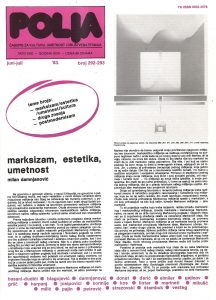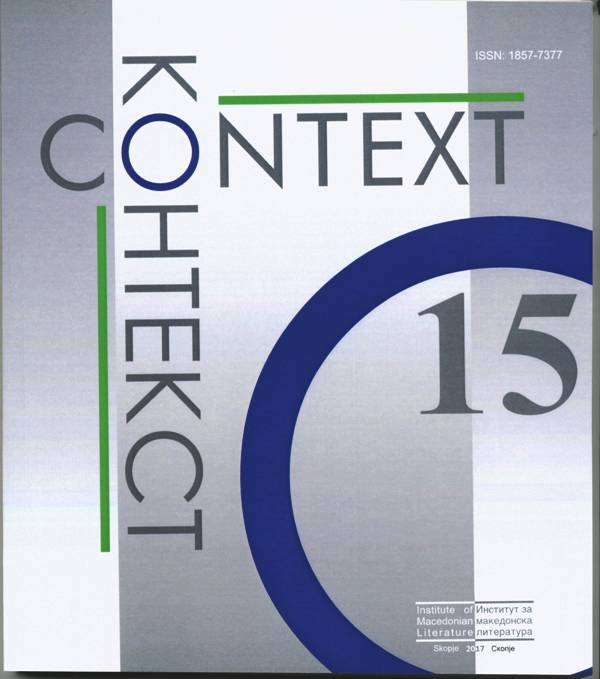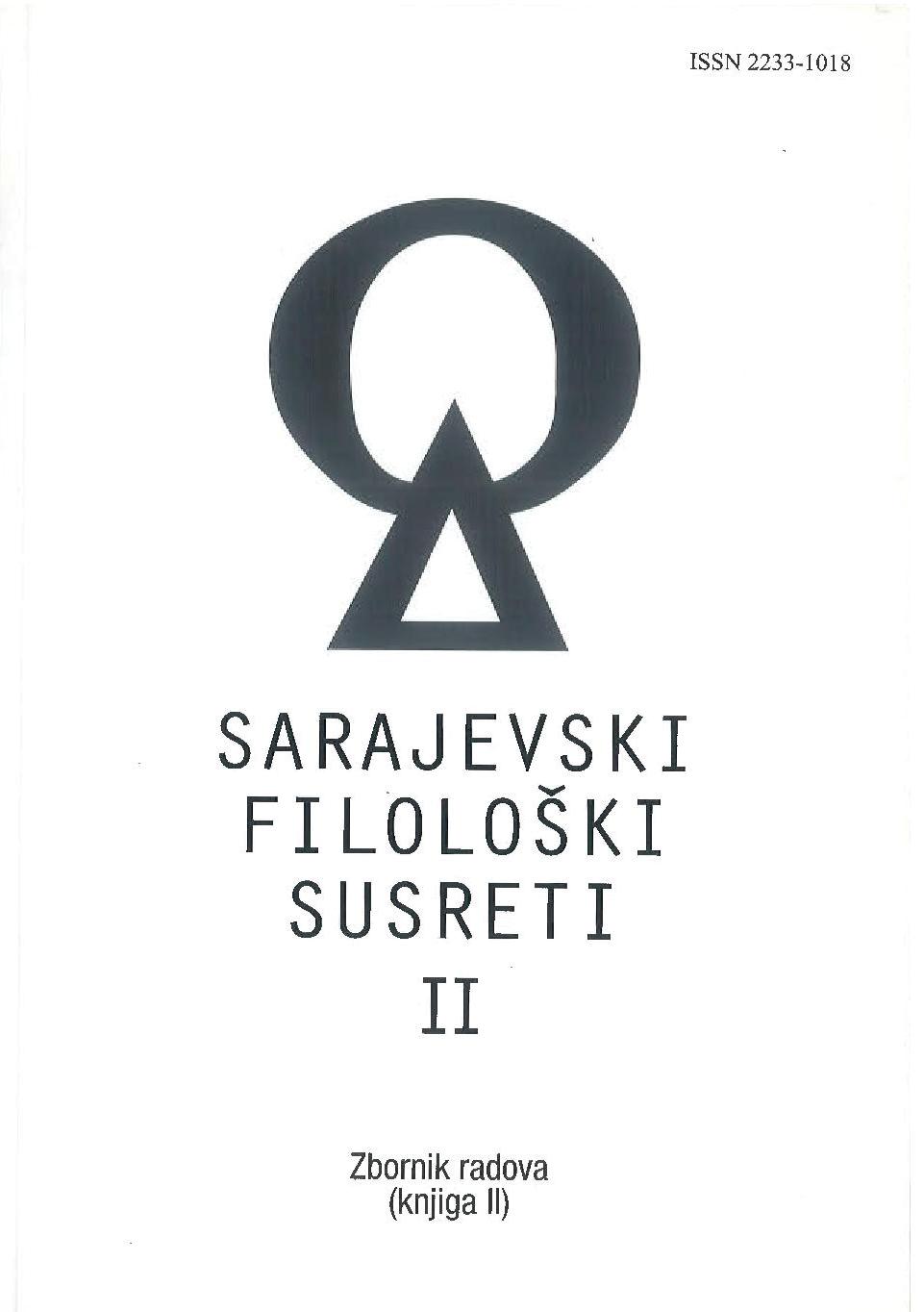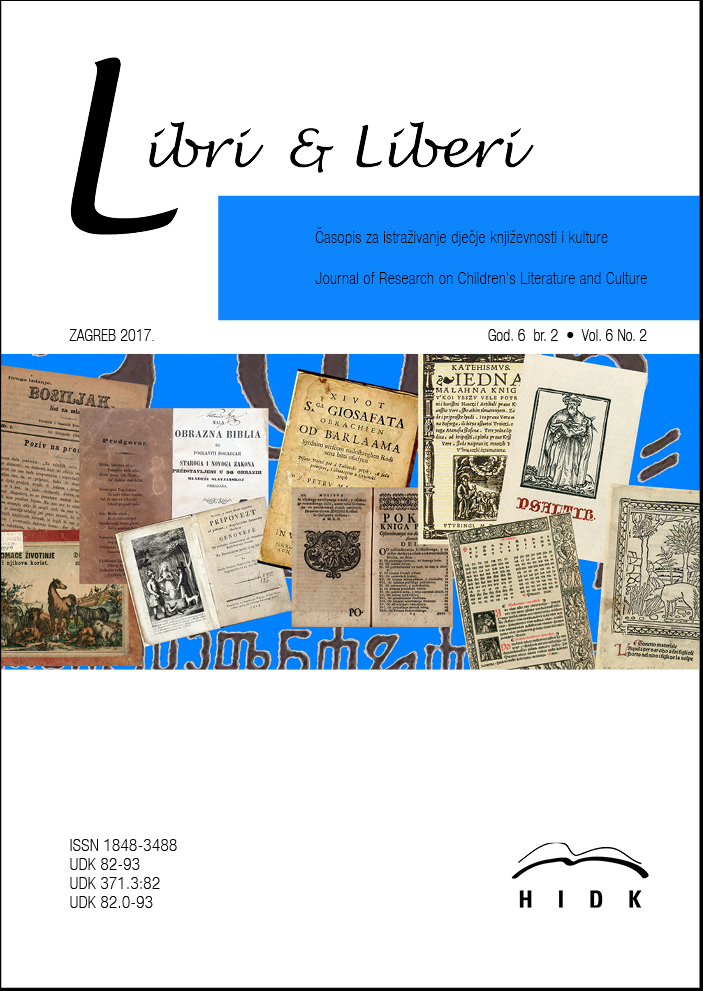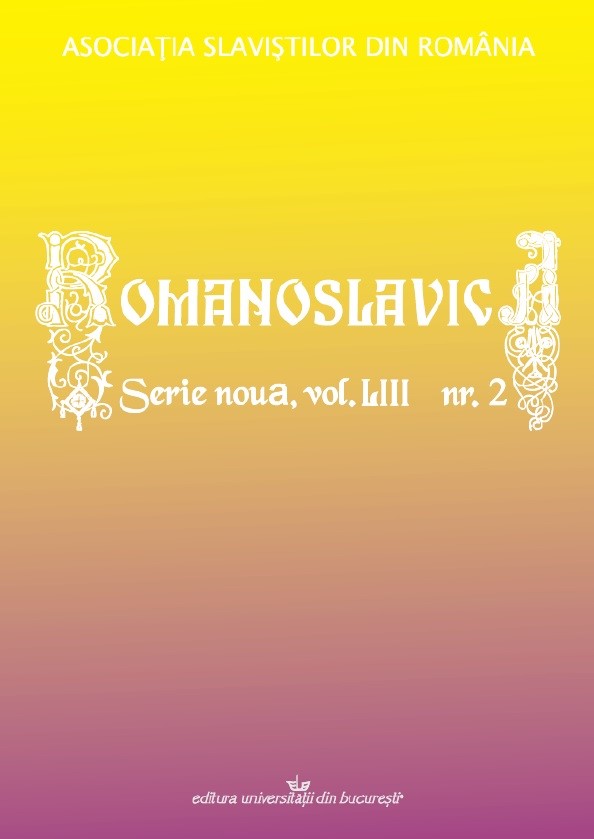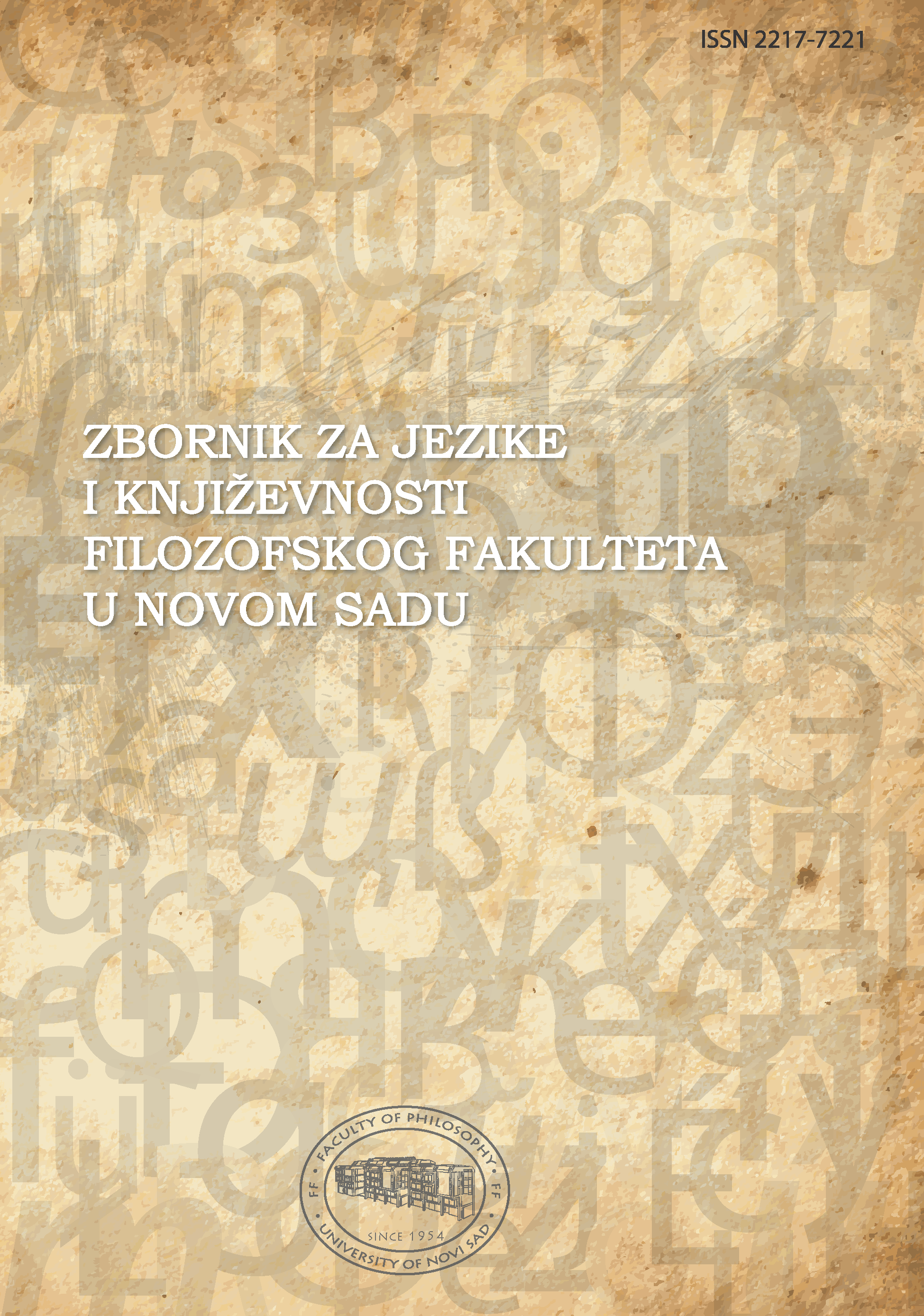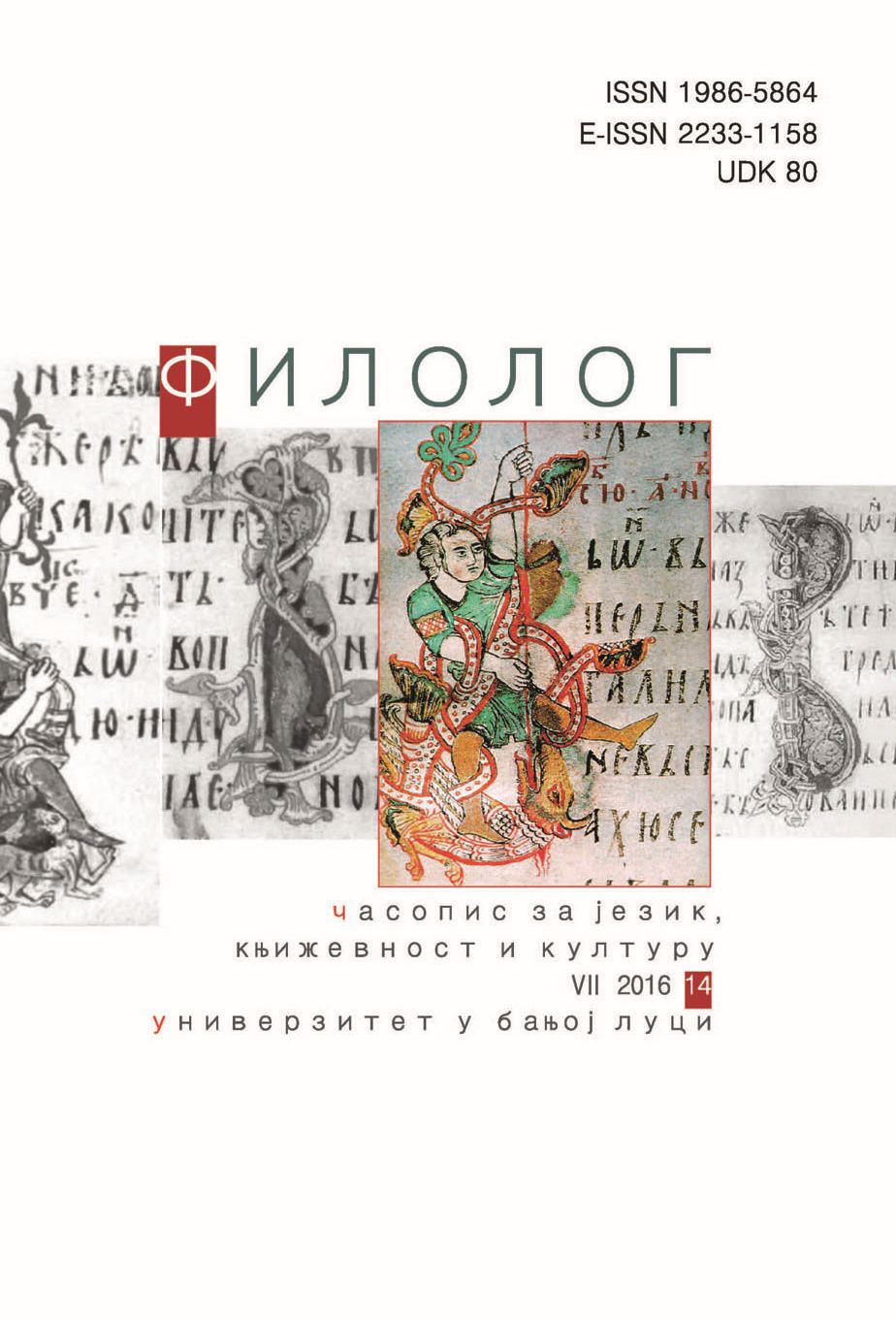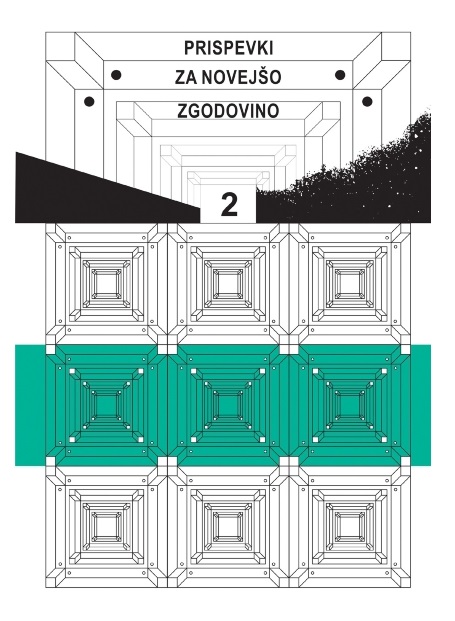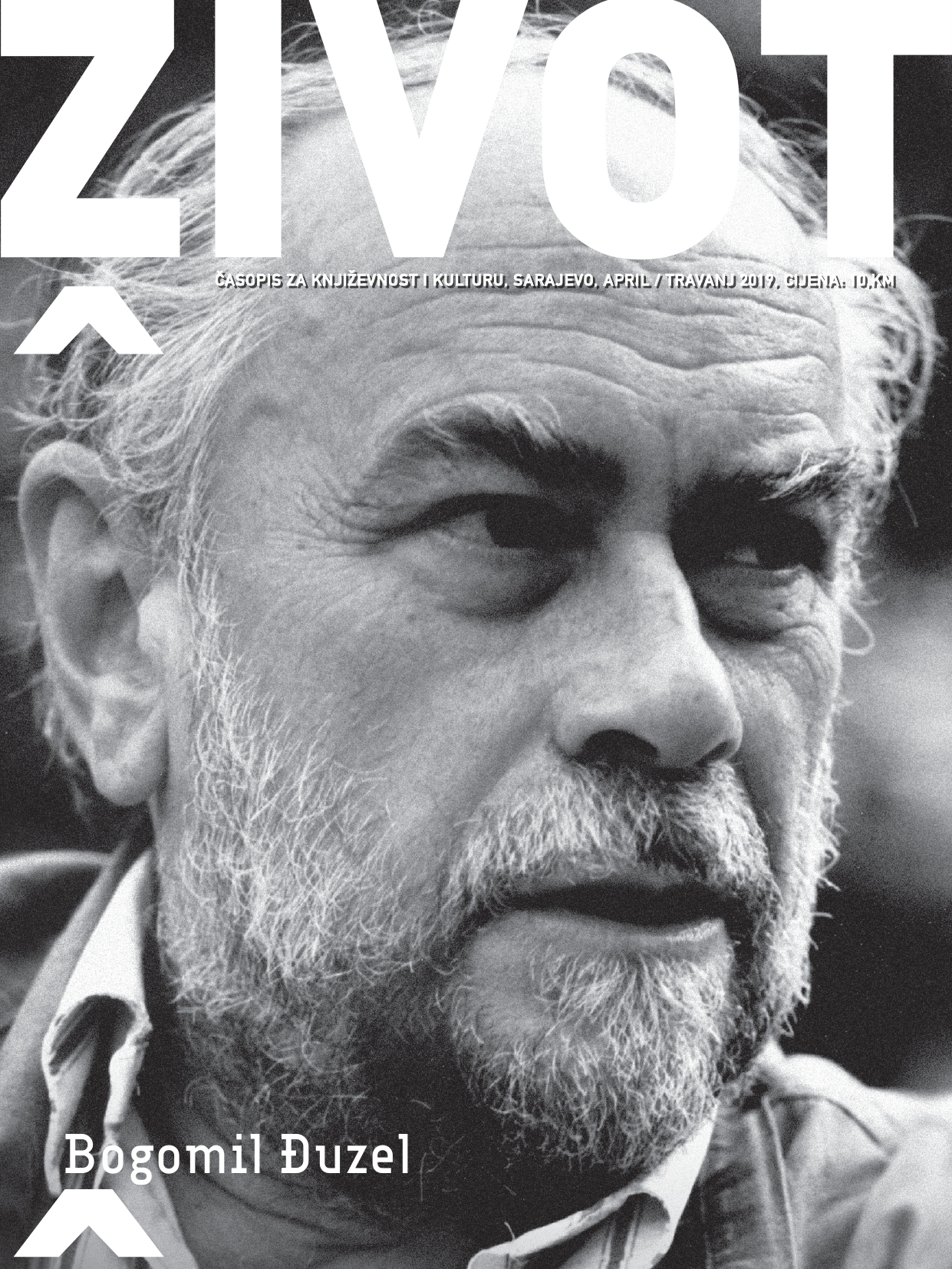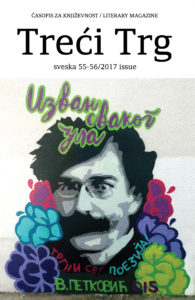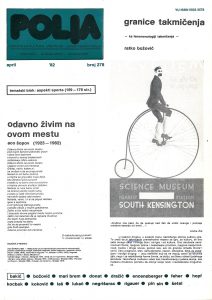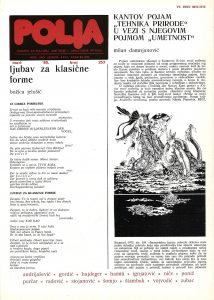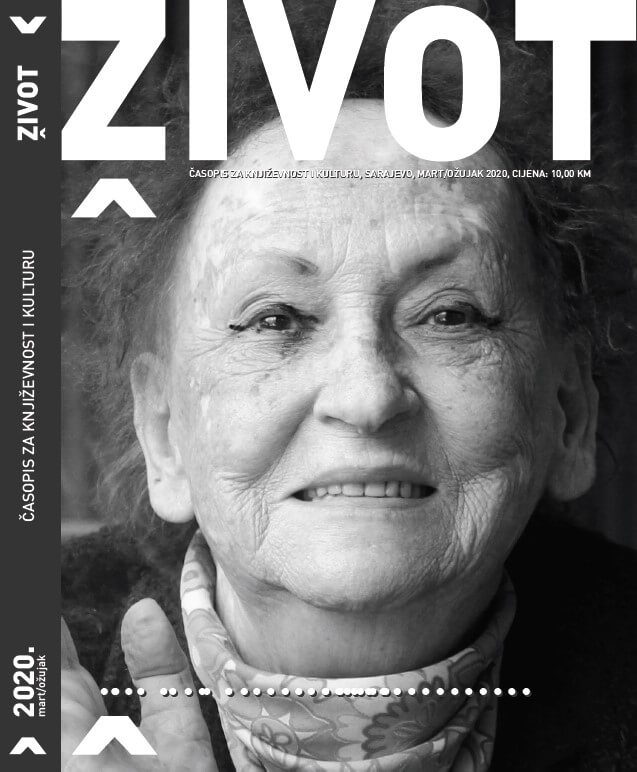Author(s): Urška Perenič / Language(s): Croatian
Issue: 1-2/2019
In 1850, Ivan Kukuljević Sakcinski’s Illyrian-Croatian plays Juran i Sofija ili Turci kod Siska (Juran and Sofija, or the Turks at Sisak, 1839) and Stjepko Šubić ili Bela IV. u Horvatskoj (Štepan Šubic, or Bela IV in Croatia, 1841) were published in Slovene translation in the book Dve igri za slovensko glediše (Two Plays for the Slovene Theatre). First, the paper considers the plays in a wider context of contemporary Slovene-language drama of the same period, and then in a somewhat narrower context of dramatic works in the Slovene language in (South) Slavic literature, wherein the discussion takes into account the position of these two plays in the developing system of genres of translated drama, since these two works occupy a distinctive place because they representing model heroic plays. Special emphasis is placed on the first play, which is not only Kukuljević’s most well-known work, but was, generally speaking, better received in the Slovene context. This can be explained in a number of ways: 1) due to to specific socio-political conditions (the translation into Slovene is from the period of Bach’s s absolutism marked by increased German pressure on the Slovene and Croatian territory); 2) due to obvious social relevance of the Turkish topic (in the Battle at Sisak the Slovenes and Croatians behave heroically, independently and cooperatively); and 3) due to the play’s specific features, in particular its dramatic personae, setting, and Slavic character (in the play, Toma Erdödy, Juran and Andrej Turjaški act in accordance with Slavic reciprocity, and the setting of the play is Slavic). These features, in turn, enabled identification with the characters and promoted national emancipation. The genre of the heroic play filled the gap in the Slovene literature, which Fran Levstik anticipated in his 1858 Slovene literary programme, which is also the first Slovene programme of this type.
More...
